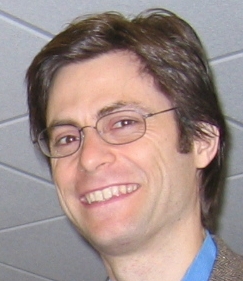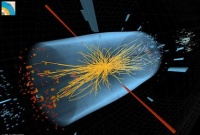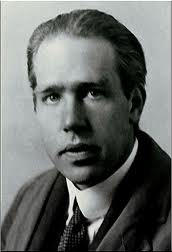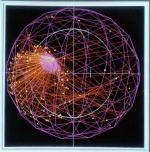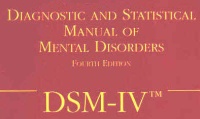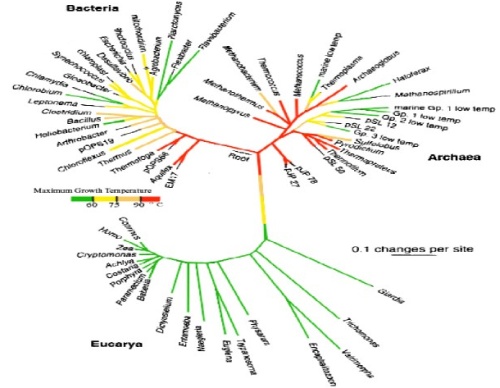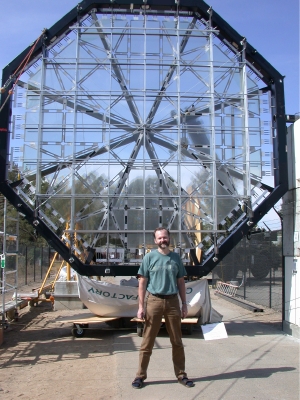There are (at least) two ways to test the efficacy of a vaccine. The Stupid Way is to administer the vaccine to, say, 30,000 volunteers and then wait to see how many of them get sick. The Smarter Way is to adminster the vaccine to a smaller number of (presumably much better-paid) volunteers, then expose them to the virus and see how many get sick.
A trial implementing the Smart Way is getting underway at Imperial College London. In the United States, we do things the Stupid Way, at least partly because of the unaccountable influence of a tribe of busybodies who, having nothing productive to do, spend their time trying to convince people that thousands of lives are worth less than dozens of lives. Those busybodies generally refer to themselves as Ethicists, but I think it’s always better to call things by informative names, so I will refer to them henceforth as Embodiments of Evil.
Last night, while I was attempting to calculate the amount of damage that these Embodiments of Evil have caused, I was interrupted by a knock on my door. It turned out to be a man from Porlock, who wanted to consult me on some mundane issue. At first I tried to turn him away, explaining that I was in the midst of a difficult calculation and could not be distracted. But my visitor brought me up short by reminding me that the economist’s job is not just to lament bad policies, it’s also to figure out ways to circumvent them. So we put our heads together and this is what we came up with:
First, design a vaccine trial that is, to all appearances, set up the Stupid Way. We vaccinate people, we let them go their own ways, and we track what happens. But we add one twist: Any volunteer who gets sick after being vaccinated receives an enormous payment. Call it something like “Compassionate Compensation”.
Here are the advantages:
Continue reading ‘Vaccine Testing: The Smart and Sneaky Way’


